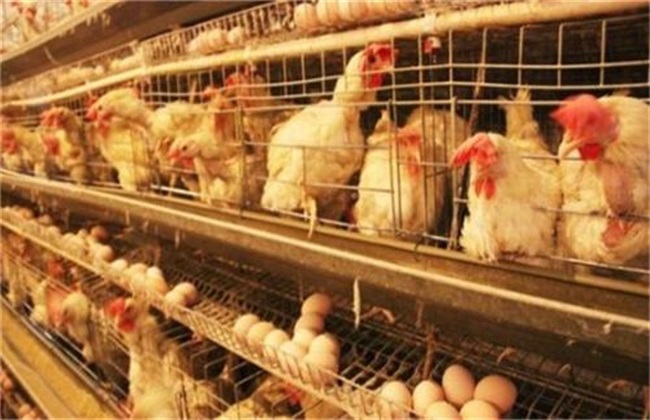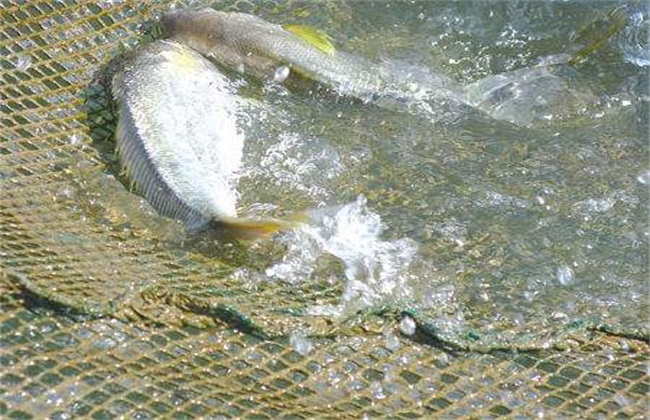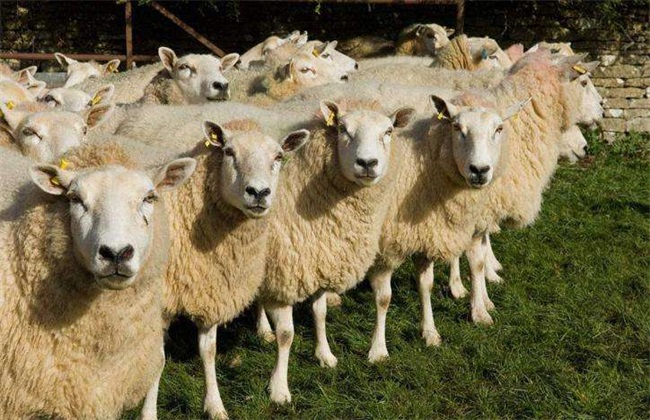Feed adjustment of laying hens in summer
Laying hens are very popular in our country, because the market of eggs in our country is very large. Sales are on the rise every year, so the breeding area of laying hens is also expanding. When raising laying hens, we should adjust the feed reasonably according to the seasonal changes to ensure the normal growth of laying hens. Especially when it is hot in summer, how to adjust the feed for laying hens in summer? Let's take a look at it.

1. Increase the proportion of nutrition
When the summer temperature exceeds 25 degrees, the food intake of laying hens will be affected. Therefore, the nutrients in the body will also be insufficient, resulting in fewer eggs laid by laying hens, and the quality of eggs will also be affected. So at this time, we should appropriately increase the proportion of nutrients in the feed. We can appropriately add some cooked soybean oil to the feed of laying hens and reduce some cereal feed, and the proportion can be kept at about 50%. It can effectively improve the production performance of laying hens and ensure the efficiency of breeding.
2. Increase protein
The high temperature environment in summer leads to the reduction of food intake of laying hens, which can appropriately increase the content of protein and ensure that there are enough amino acids in order to ensure the demand for protein. Otherwise, laying hens will reduce their egg production due to lack of protein. In summer, the protein content of feed should be increased by about 2%, and the total proportion should be kept at 18%. Therefore, when feeding laying hens in summer, feed such as soybean meal should be properly increased and the dosage should be kept at about 22%. Reduce the animal feed, improve the palatability of the feed, and promote the layers to eat more.
3. Feed additive
In order to prevent the stress reaction of laying hens caused by high temperature, we should also add some feed additives to the feed. Appropriate amount of vitamin C and ammonium chloride can be added to drinking water to reduce heat stress. Appropriate amount of bacitracin zinc and other additives can be added to the feed, which can promote the reproduction of microflora in the gastrointestinal tract, enhance the ability of the gastrointestinal tract, improve the utilization rate of feed, and can also effectively reduce the heat stress response of laying hens. However, we should pay attention to control the dosage so as to avoid backfiring.
4. Reasonable addition of minerals
In summer, we should also reasonably add the content of phosphorus in the feed, which can also effectively reduce the phenomenon of heat stress. In addition, the content of calcium in layer feed should be increased to about 4% to avoid the imbalance of calcium and phosphorus, and the ratio should be kept at about 4:1. However, we should also pay attention to control the addition of calcium, not too much, otherwise it will reduce the palatability of the feed. So we can supplement calcium alone, which can not only ensure the food intake of laying hens, but also supplement sufficient calcium for laying hens.
The above is a brief introduction to the feed adjustment of laying hens in summer. We can also add some seasoned feed to the feed, which can enhance the appetite of laying hens and increase their food intake. That's all for today's introduction. This article is for reference only. Thank you for your reading and support.
Related
- On the eggshell is a badge full of pride. British Poultry Egg Market and Consumer observation
- British study: 72% of Britons are willing to buy native eggs raised by insects
- Guidelines for friendly egg production revised the increase of space in chicken sheds can not be forced to change feathers and lay eggs.
- Risk of delay in customs clearance Australia suspends lobster exports to China
- Pig semen-the Vector of virus Transmission (4)
- Pig semen-the Vector of virus Transmission (3)
- Five common causes of difficult control of classical swine fever in clinic and their countermeasures
- Foot-and-mouth disease is the most effective way to prevent it!
- PED is the number one killer of piglets and has to be guarded against in autumn and winter.
- What is "yellow fat pig"? Have you ever heard the pig collector talk about "yellow fat pig"?



